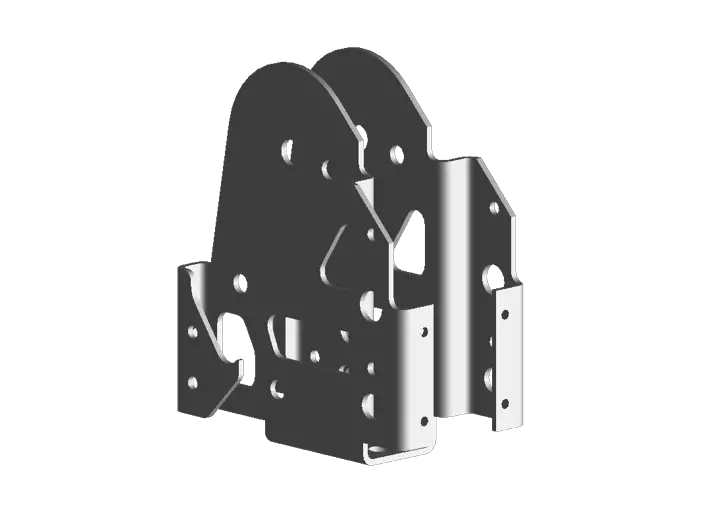Fundamentals Of Sheet Metal Design

Distance from the bend to the hole edge should be equal to or more than twice the thickness of the sheet.
Fundamentals of sheet metal design. To meet unique sheet metal design challenges like manufacturability solid edge streamlines the entire sheet metal product development process from cad design through flat pattern and drawing development. Bends in sheet metal are manufactured using sheet metal brakes. There are two images below that show the correct bend radius for a 1 mm thick sheet top and the correct bend orientation for two bends in the same plane bottom. Sheet metal design basic fundamentals make manufacturing a sure thing instead of crossing your fingers that everything will turn out ok.
The minimum hole diameter should be equal to or more than the sheet thickness. In the ideal. Let s take a look at some examples. Many engineers developing 3d models for sheet metal products are unaware of the fabrication tools used to form the part or product and instead design models for an ideal world.
Sheet metal can be cut bent and stretched into an amazing array of shapes. Unfortunately some creators of sheet metal enclosures and assemblies do not design with the. Sheet metal parts with a minimum of 0 9mm to 20mm in thickness can be manufactured. For more information on sheet metal fabrication download our sheet metal design guide here.
Few thumb rules or sheet metal design fundamentals. Sheet metal design is key to the production of quality products. Design for manufacturability is now a common concept in many industries including the sheet metal design sector. When designing parts for laser cutting one should not make holes smaller than the thickness of the material.
Our customers are experienced sheet metal designers as well as engineers scientists and technologists who build electronics. A 1 degree tolerance on all bend angles. Learn more about protocase what we make who we work with our simple design processes and advanced design tools and our 2 3 day manufacturing process.













































